
Process Spectroscopy Market Size, Demand and Outlook 2034
Process Spectroscopy Market Growth, Size, Trends Analysis- By Component, By Technology, By Application - Regional Outlook, Competitive Strategies and Segment Forecast to 2034
| Published: Oct-2025 | Report ID: MEDE2573 | Pages: 1 - 231 | Formats*: |
| Category : Medical Devices | |||
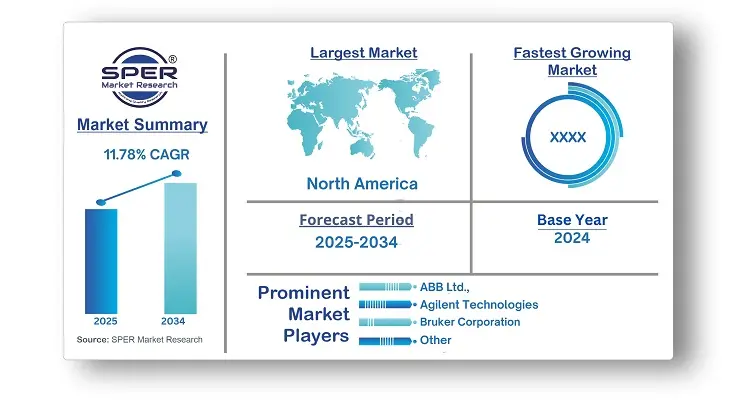
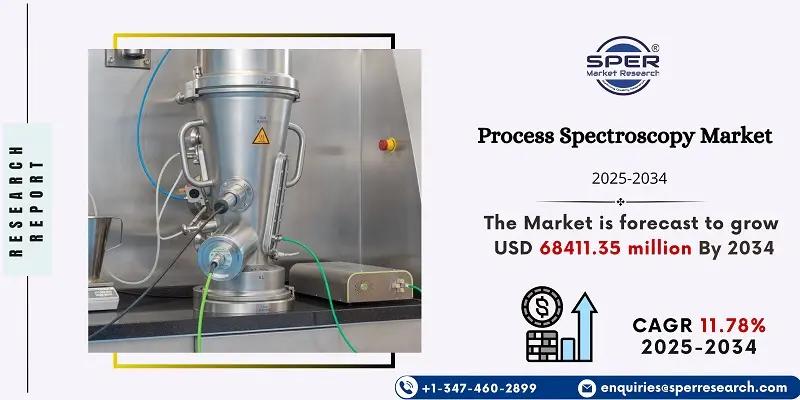
- In January 2025, Yokogawa Electric Corporation launched the AQ6377E Optical Spectrum Analyzer, offering fast and precise mid-wave infrared measurements. This introduction highlights Yokogawa's commitment to innovative measurement solutions across various industries and applications, reflecting the company's continued leadership in analytical instrumentation and its role in advancing technology for industrial processes.
- In January 2025, ABB Ltd. partnered with Sage Geosystems to develop geothermal energy solutions, combining ABB’s electrification and automation expertise with Sage’s innovative technologies.
| Report Metric | Details |
| Market size available for years | 2021-2034 |
| Base year considered | 2024 |
| Forecast period | 2025-2034 |
| Segments covered | By Component, By Technology, By Application |
| Regions covered | North America, Latin America, Asia-Pacific, Europe, and Middle East & Africa |
| Companies Covered | ABB Ltd., Agilent Technologies, Inc., Bruker Corporation, BÃœCHI Labortechnik AG, Danaher Corporation, Endress+Hauser Group Services AG, FOSS, HORIBA Group, Sartorius AG, and Shimadzu Corporation. |
- Global Process Spectroscopy Market Size (FY’2021-FY’2034)
- Overview of Global Process Spectroscopy Market
- Segmentation of Global Process Spectroscopy Market By Component (Hardware, Software)
- Segmentation of Global Process Spectroscopy Market By Technology (Molecular Spectroscopy, Mass Spectroscopy, Atomic Spectroscopy)
- Segmentation of Global Process Spectroscopy Market By Application (Polymer, Oil & Gas, Pharmaceutical, Food & Agriculture, Chemical, Water & Wastewater, Pulp & Paper, Metal & Mining, Others)
- Statistical Snap of Global Process Spectroscopy Market
- Expansion Analysis of Global Process Spectroscopy Market
- Problems and Obstacles in Global Process Spectroscopy Market
- Competitive Landscape in the Global Process Spectroscopy Market
- Details on Current Investment in Global Process Spectroscopy Market
- Competitive Analysis of Global Process Spectroscopy Market
- Prominent Players in the Global Process Spectroscopy Market
- SWOT Analysis of Global Process Spectroscopy Market
- Global Process Spectroscopy Market Future Outlook and Projections (FY’2025-FY’2034)
- Recommendations from Analyst
- 1.1. Scope of the report
- 1.2. Market segment analysis
- 2.1. Research data source
- 2.1.1. Secondary Data
- 2.1.2. Primary Data
- 2.1.3. SPERs internal database
- 2.1.4. Premium insight from KOLs
- 2.2. Market size estimation
- 2.2.1. Top-down and Bottom-up approach
- 2.3. Data triangulation
- 4.1. Driver, Restraint, Opportunity and Challenges analysis
- 4.1.1. Drivers
- 4.1.2. Restraints
- 4.1.3. Opportunities
- 4.1.4. Challenges
- 5.1. SWOT Analysis
- 5.1.1. Strengths
- 5.1.2. Weaknesses
- 5.1.3. Opportunities
- 5.1.4. Threats
- 5.2. PESTEL Analysis
- 5.2.1. Political Landscape
- 5.2.2. Economic Landscape
- 5.2.3. Social Landscape
- 5.2.4. Technological Landscape
- 5.2.5. Environmental Landscape
- 5.2.6. Legal Landscape
- 5.3 .PORTERs Five Forces
- 5.3.1. Bargaining power of suppliers
- 5.3.2. Bargaining power of buyers
- 5.3.3. Threat of Substitute
- 5.3.4. Threat of new entrant
- 5.3.5. Competitive rivalry
- 5.4. Heat Map Analysis
- 6.1. Global Process Spectroscopy Market Manufacturing Base Distribution, Sales Area, Product Type
- 6.2. Mergers & Acquisitions, Partnerships, Product Launch, and Collaboration in Global Process Spectroscopy Market
- 7.1. Hardware
- 7.2. Software
- 8.1. Molecular Spectroscopy
- 8.1.1. NIR
- 8.1.2. FT-IR
- 8.1.3. Raman
- 8.1.4. NMR
- 8.1.5. Others
- 8.2. Mass Spectroscopy
- 8.3. Atomic Spectroscopy
- 9.1. Polymer
- 9.2. Oil & Gas
- 9.3. Pharmaceutical
- 9.4. Food & Agriculture
- 9.5. Chemical
- 9.6. Water & Wastewater
- 9.7. Pulp & Paper
- 9.8. Metal & Mining
- 9.9. Others
- 10.1. Global Process Spectroscopy Market Size and Market Share
- 11.1. Asia-Pacific
- 11.1.1. Australia
- 11.1.2. China
- 11.1.3. India
- 11.1.4. Japan
- 11.1.5. South Korea
- 11.1.6. Rest of Asia-Pacific
- 11.2. Europe
- 11.2.1. France
- 11.2.2. Germany
- 11.2.3. Italy
- 11.2.4. Spain
- 11.2.5. United Kingdom
- 11.2.6. Rest of Europe
- 11.3. Middle East and Africa
- 11.3.1. Kingdom of Saudi Arabia
- 11.3.2. United Arab Emirates
- 11.3.3. Qatar
- 11.3.4. South Africa
- 11.3.5. Egypt
- 11.3.6. Morocco
- 11.3.7. Nigeria
- 11.3.8. Rest of Middle-East and Africa
- 11.4. North America
- 11.4.1. Canada
- 11.4.2. Mexico
- 11.4.3. United States
- 11.5. Latin America
- 11.5.1. Argentina
- 11.5.2. Brazil
- 11.5.3. Rest of Latin America
- 12.1. ABB Ltd.
- 12.1.1. Company details
- 12.1.2. Financial outlook
- 12.1.3. Product summary
- 12.1.4. Recent developments
- 12.2. Agilent Technologies, Inc.
- 12.2.1. Company details
- 12.2.2. Financial outlook
- 12.2.3. Product summary
- 12.2.4. Recent developments
- 12.3. Bruker Corporation
- 12.3.1. Company details
- 12.3.2. Financial outlook
- 12.3.3. Product summary
- 12.3.4. Recent developments
- 12.4. BÃœCHI Labortechnik AG
- 12.4.1. Company details
- 12.4.2. Financial outlook
- 12.4.3. Product summary
- 12.4.4. Recent developments
- 12.5. Danaher Corporation
- 12.5.1. Company details
- 12.5.2. Financial outlook
- 12.5.3. Product summary
- 12.5.4. Recent developments
- 12.6. Endress+Hauser Group Services AG
- 12.6.1. Company details
- 12.6.2. Financial outlook
- 12.6.3. Product summary
- 12.6.4. Recent developments
- 12.7. FOSS
- 12.7.1. Company details
- 12.7.2. Financial outlook
- 12.7.3. Product summary
- 12.7.4. Recent developments
- 12.8. HORIBA Group
- 12.8.1. Company details
- 12.8.2. Financial outlook
- 12.8.3. Product summary
- 12.8.4. Recent developments
- 12.9. Sartorius AG
- 12.9.1. Company details
- 12.9.2. Financial outlook
- 12.9.3. Product summary
- 12.9.4. Recent developments
- 12.10. Shimadzu Corporation
- 12.10.1. Company details
- 12.10.2. Financial outlook
- 12.10.3. Product summary
- 12.10.4. Recent developments
- 12.11. Others
SPER Market Research’s methodology uses great emphasis on primary research to ensure that the market intelligence insights are up to date, reliable and accurate. Primary interviews are done with players involved in each phase of a supply chain to analyze the market forecasting. The secondary research method is used to help you fully understand how the future markets and the spending patterns look likes.
The report is based on in-depth qualitative and quantitative analysis of the Product Market. The quantitative analysis involves the application of various projection and sampling techniques. The qualitative analysis involves primary interviews, surveys, and vendor briefings. The data gathered as a result of these processes are validated through experts opinion. Our research methodology entails an ideal mixture of primary and secondary initiatives.
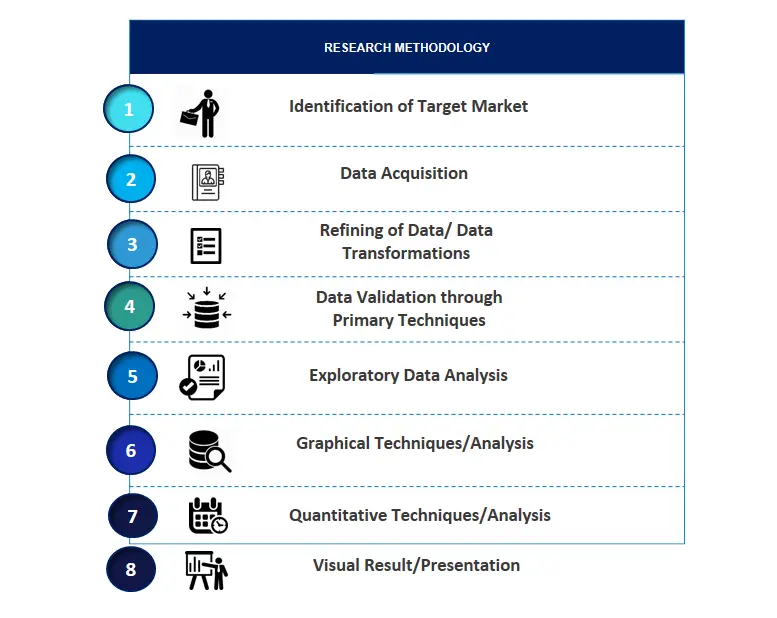
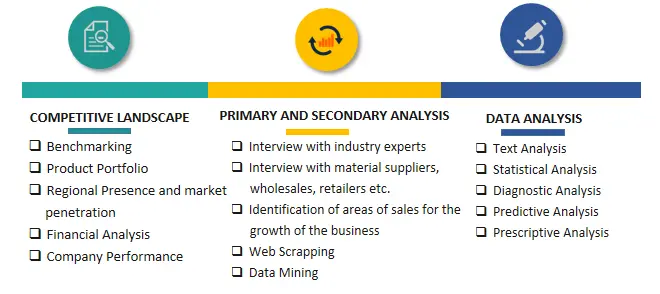

Frequently Asked Questions About This Report
PLACE AN ORDER
Year End Discount
Sample Report
Pre-Purchase Inquiry
NEED CUSTOMIZATION?
Request CustomizationCALL OR EMAIL US
100% Secure Payment
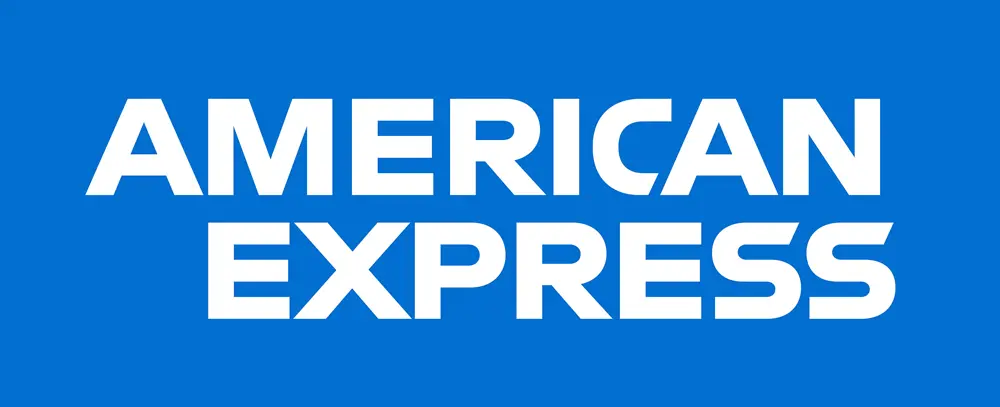
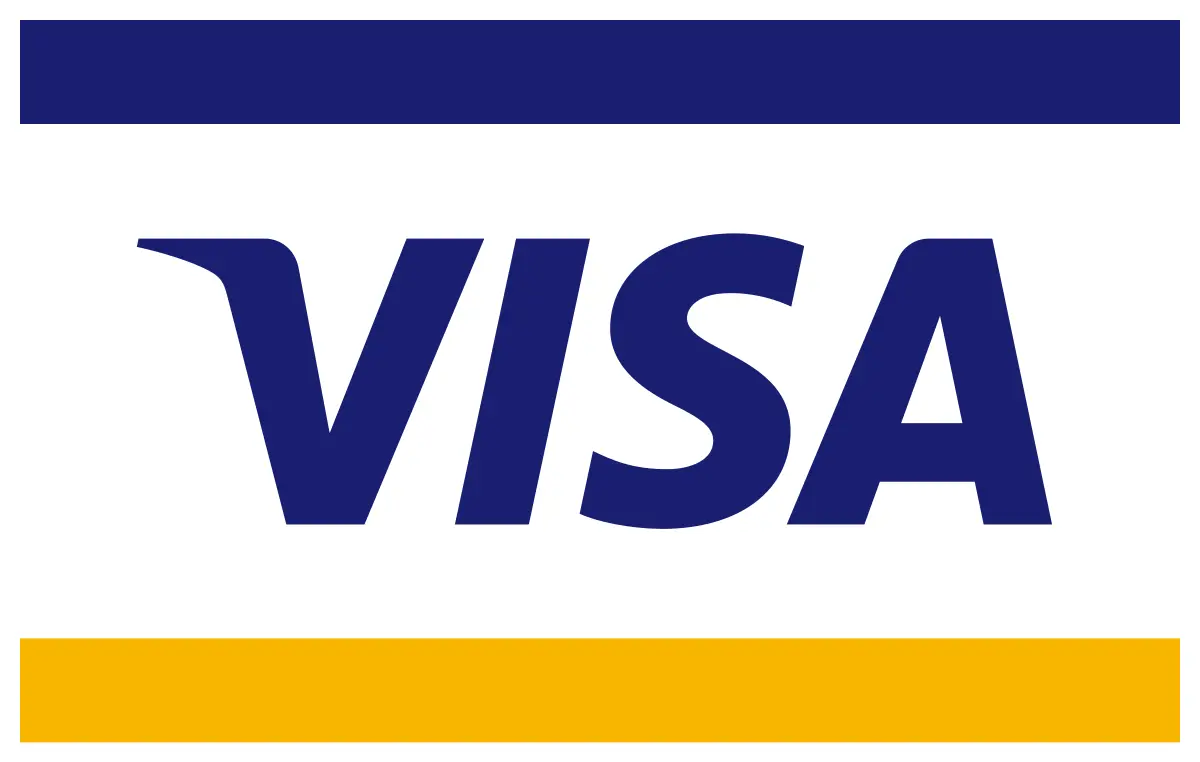
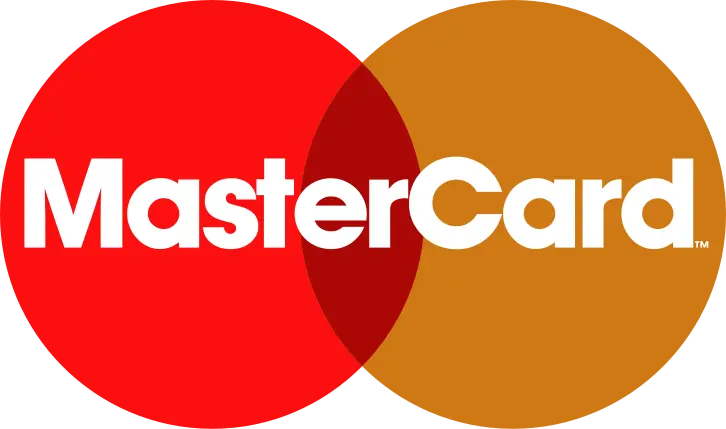
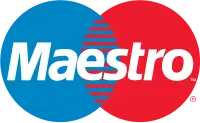


Related Reports
Our Global Clients
Our data-driven insights have influenced the strategy of 200+ reputed companies across the globe.






















